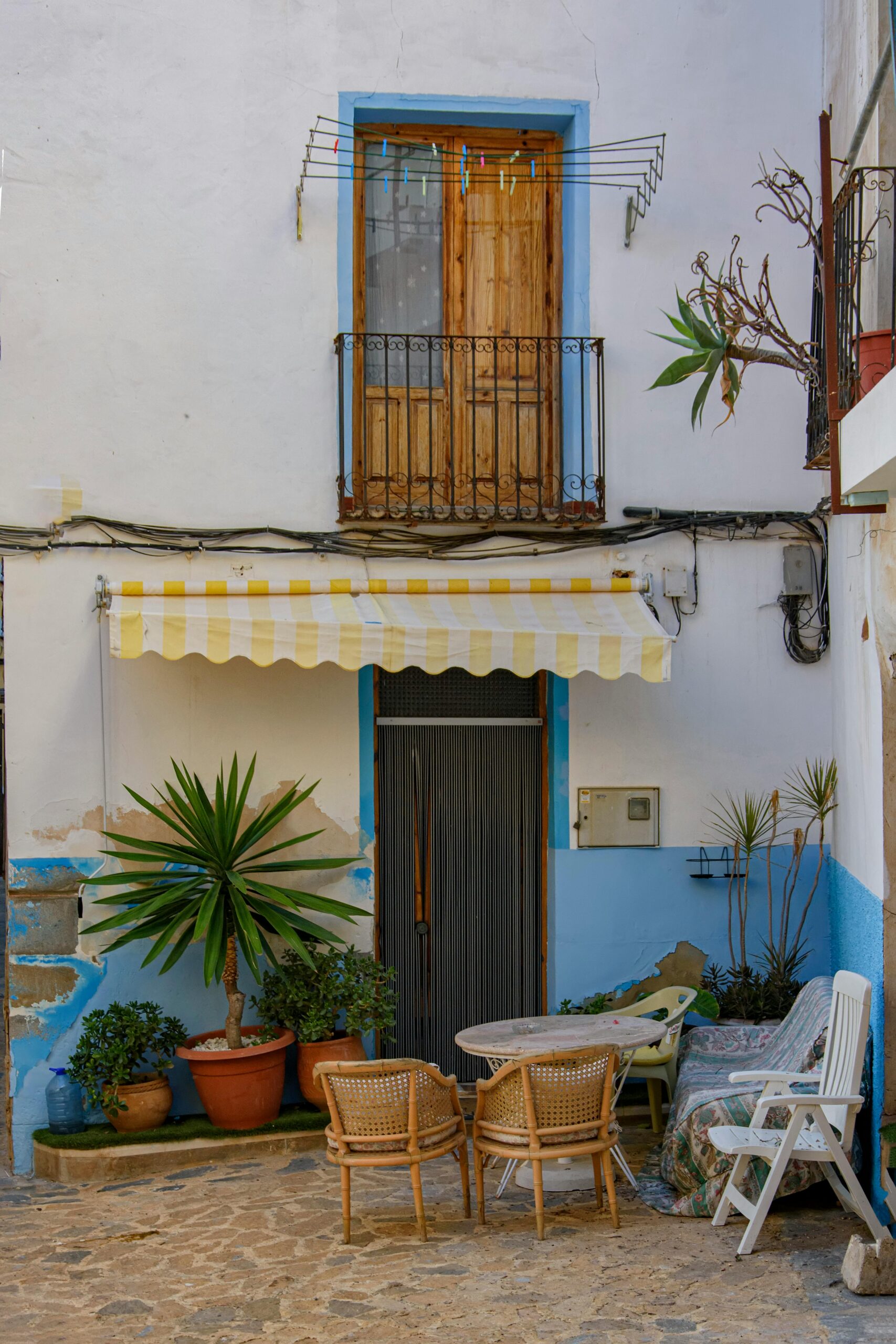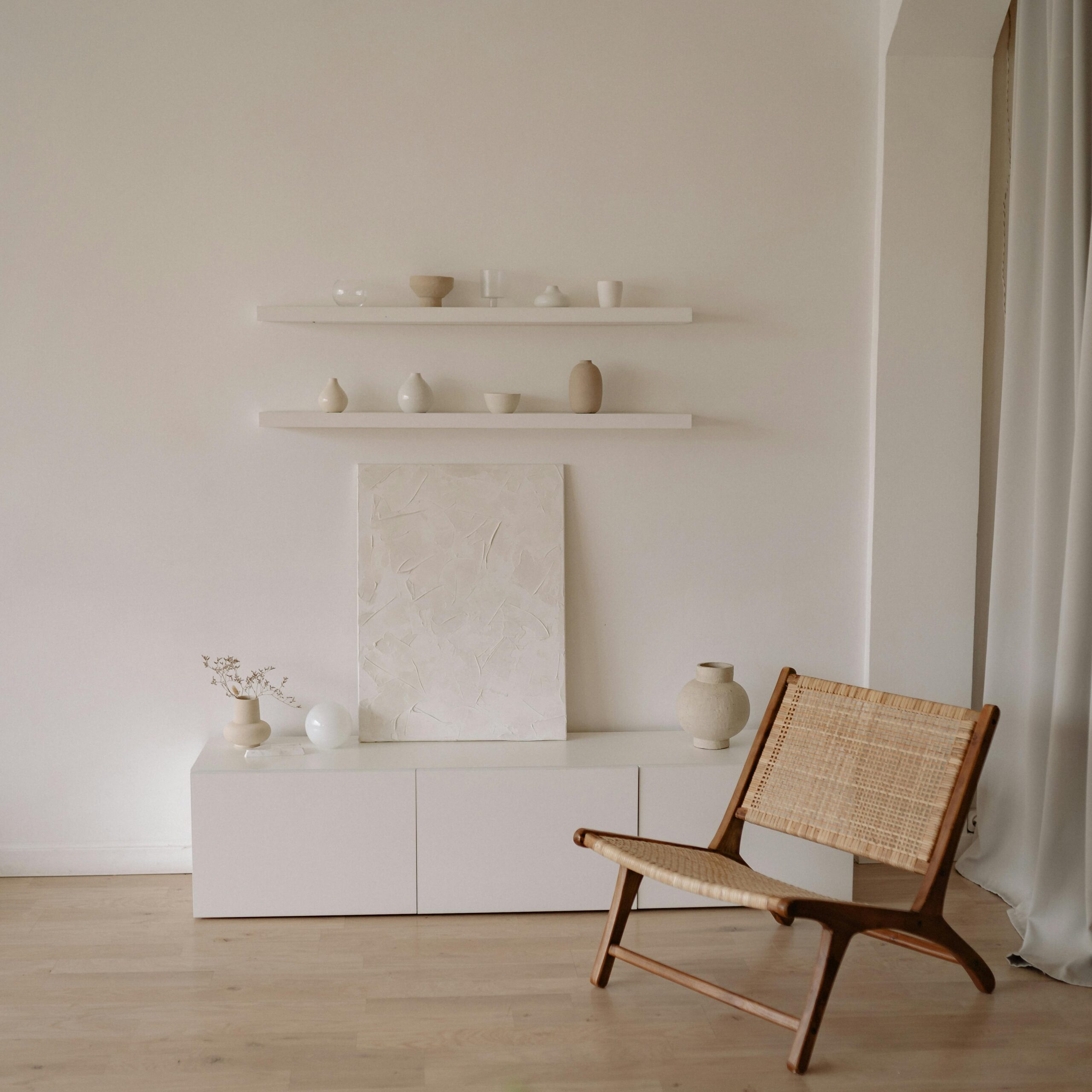Wabi-Sabi Minimalism: Finding Beauty in Simplicity
février 9, 2025 | by Clémence Burlot
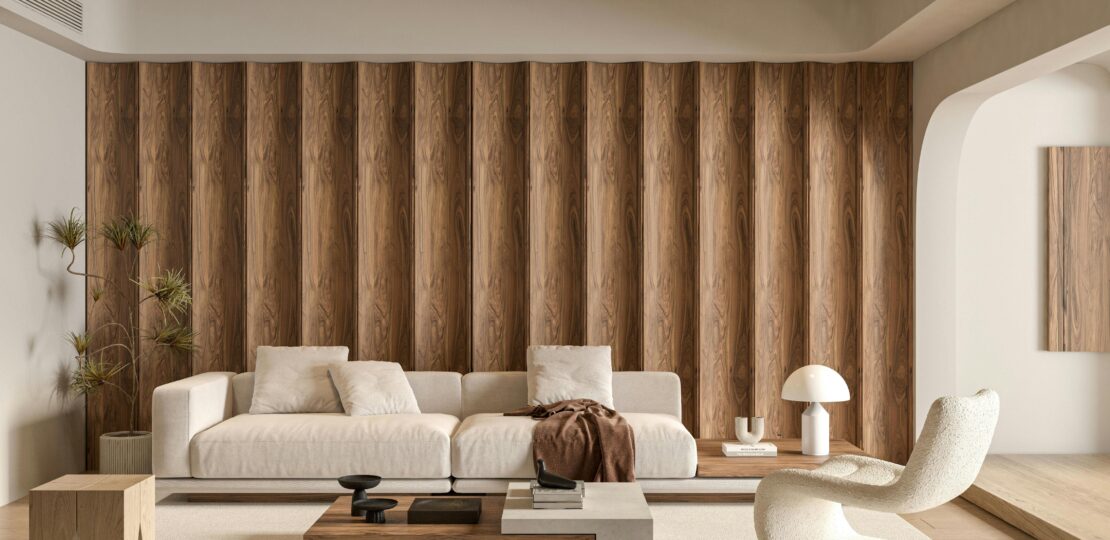
Discover how Wabi-Sabi minimalism can transform your life by embracing imperfection, finding beauty in simplicity, and creating a more meaningful living space through ancient Japanese wisdom.
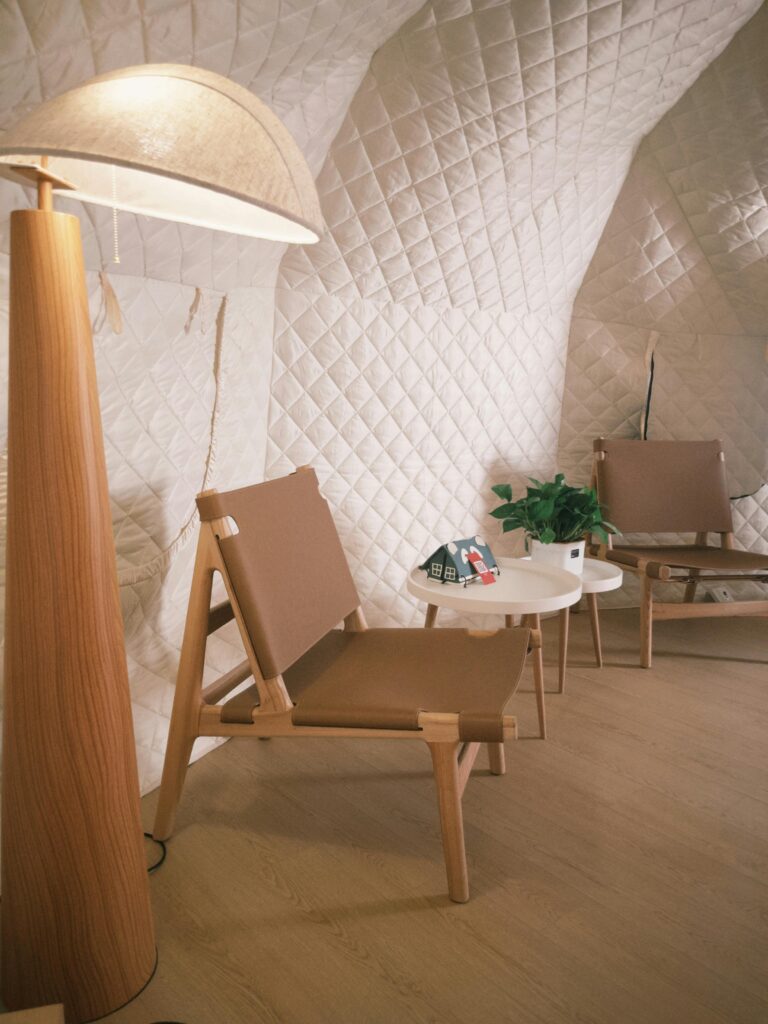
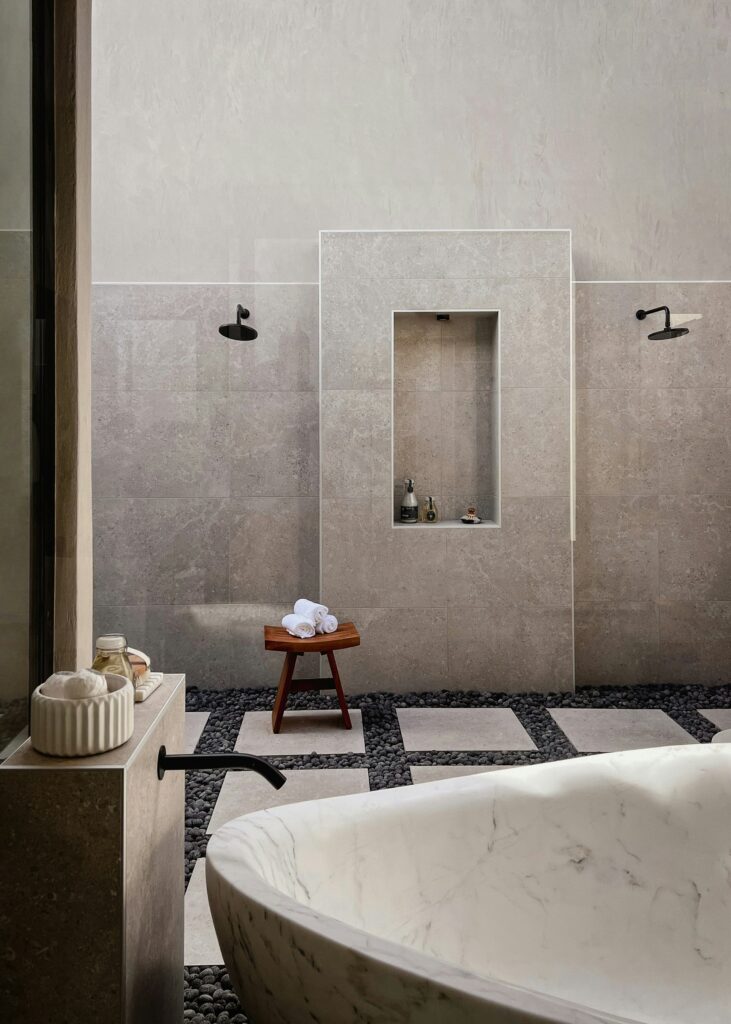
In our fast-paced, perfection-driven world, there’s a growing movement that combines the ancient Japanese philosophy of wabi-sabi with modern minimalism. This thoughtful approach to living not only transforms our physical spaces but also nurtures our emotional well-being and spiritual growth.
Understanding Wabi-Sabi
Wabi-sabi represents a worldview centered on accepting life’s impermanence and imperfection. Rooted in Zen Buddhism, this philosophy embraces the beauty of natural aging, subtle simplicity, and the authentic marks that time leaves on objects and spaces. Unlike the stark, sometimes clinical nature of traditional minimalism, wabi-sabi adds a layer of warmth and soul to simple living1.
The Marriage of Wabi-Sabi and Minimalism
When we merge wabi-sabi with minimalism, we create a living philosophy that goes beyond mere decluttering. Instead of pursuing perfection, this approach celebrates the beauty of what’s essential, worn, and real. It’s about creating spaces that tell stories rather than showcasing pristine surfaces.
Related article : Getting Started with Minimalism
Practical Applications in Modern Life
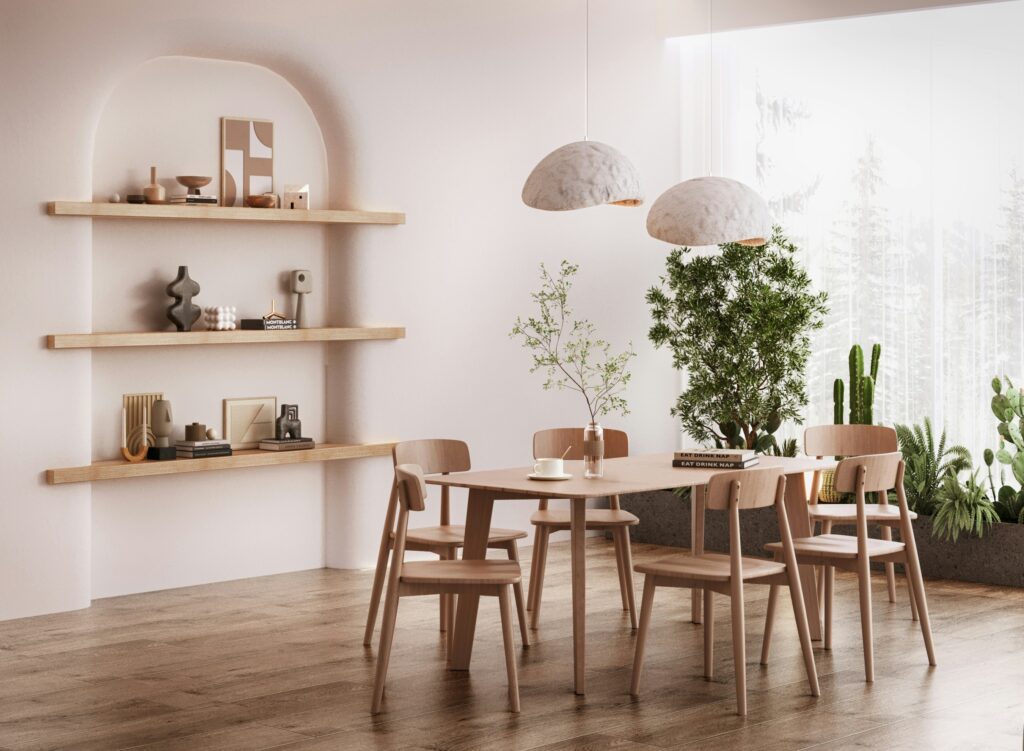
Thoughtful Curation
Rather than rushing to discard everything, wabi-sabi minimalism encourages us to evaluate our possessions thoughtfully. Consider keeping items that carry meaning and history, even if they show signs of wear. That cracked ceramic bowl might tell a better story than a new, perfect one2.
Natural Materials and Textures
Incorporate materials that age gracefully and develop character over time. Think wooden furniture that develops a patina, linen that becomes softer with each wash, and handmade pottery with its subtle irregularities. These elements bring warmth and authenticity to your space3.
Mindful Consumption
Instead of following trends or seeking the newest items, wabi-sabi minimalism promotes intentional purchasing. Choose quality pieces that will last and become more beautiful with age. This approach naturally reduces consumption and creates a more sustainable lifestyle.
Related article : 9 Rules for Decluttering
The Environmental Impact
By embracing imperfection and longevity, wabi-sabi minimalism naturally aligns with environmental consciousness. When we learn to appreciate worn items and repair rather than replace them, we significantly reduce our environmental footprint. This philosophy encourages us to be stewards of our possessions and our planet.
Mental and Emotional Benefits
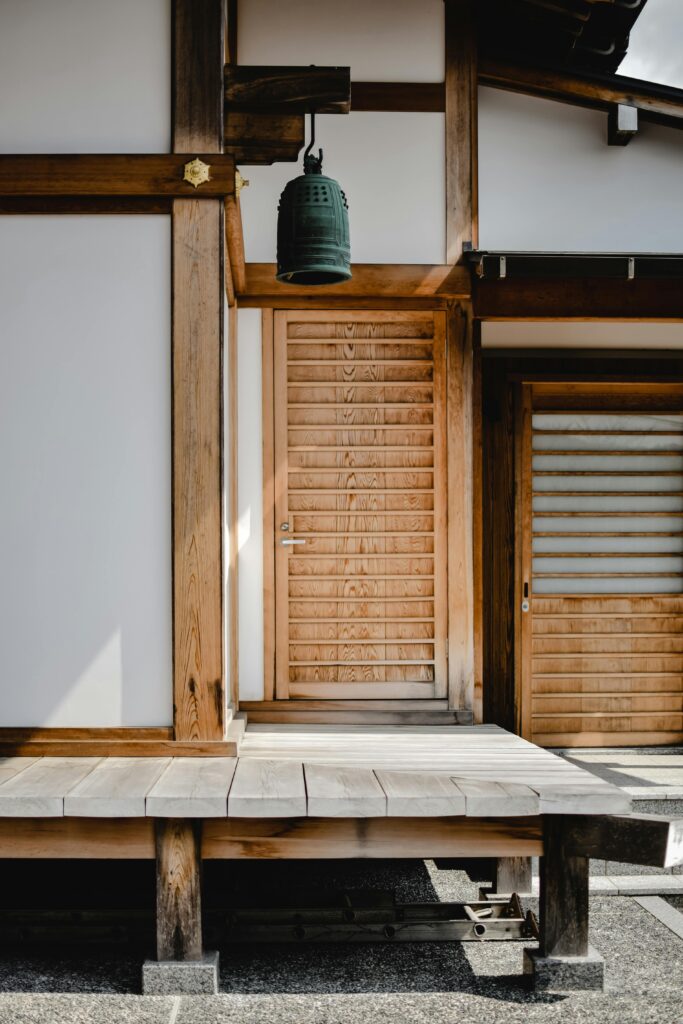
The practice of wabi-sabi minimalism extends beyond physical spaces4. It teaches us to:
- Accept imperfection in ourselves and others
- Find peace in life’s natural cycles
- Release the pressure of maintaining a « perfect » home
- Appreciate the present moment
- Develop a deeper connection with our possessions
Creating Your Wabi-Sabi Minimalist Space
Start your journey by observing your current space with fresh eyes. Notice the natural wear patterns, the way light creates shadows, and the objects that truly resonate with your spirit. Remove items that don’t serve a purpose or bring joy, but don’t feel pressured to achieve a specific aesthetic5.
Consider incorporating:
- Natural light and shadows
- Organic shapes and materials
- Items with personal history
- Simple, functional pieces
- Handmade or artisanal objects
The Balance of Empty and Full
In wabi-sabi minimalism, empty space plays as crucial a role as the objects within it. This concept, known as « ma » in Japanese design [link to: « Japanese Design Principles »], creates breathing room and allows each piece to stand on its own merit. The thoughtful balance between empty and occupied space creates a sense of calm and intention.
Conclusion
Wabi-sabi minimalism offers a refreshing alternative to the pursuit of perfection. By embracing this philosophy, we can create homes that feel both intentional and lived-in, sophisticated yet comfortable. It reminds us that true beauty lies not in perfection, but in the authentic expression of life itself.
Remember, this isn’t about achieving a specific look – it’s about creating a space that reflects your journey, values, and appreciation for life’s natural flow. As you begin to incorporate these principles, you’ll likely find that your home becomes not just a place to live, but a sanctuary that nurtures your well-being and celebrates the beauty of imperfection.
Reference :
- Embracing Tranquility: How Wabi Sabi and Minimalism Redefine Modern Living Spaces – Hestya
- 10 Wabi-Sabi Interior Design Ideas for Your Home – Jennings
- Minimalistic Interior Design with Wabi-Sabi Elements by Alena Valyavko – Amazing Architecture
- Embracing Timelessness: Wabi-Sabi Principles in Interior Design – The Interior Desgin Institute
- Un petit appartement sous influence wabi-sabi, au minimalisme imparfait – AD Magazine
Keywords: wabi-sabi, minimalism, Japanese aesthetics, simple living, intentional living, decluttering, mindful home, imperfect beauty
RELATED POSTS
View all
